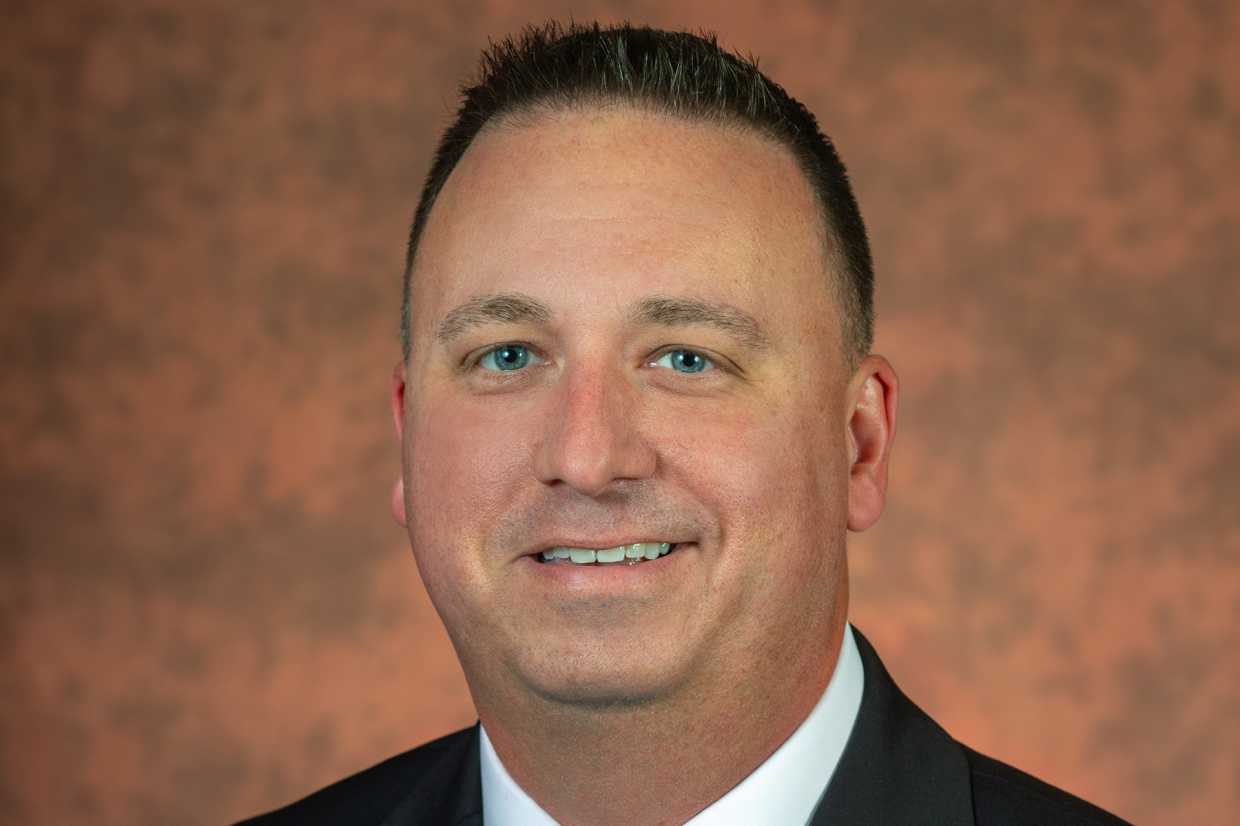Not only are universities teaching AI, they’re also fertile terrain to embed and promote its many innovative applications beyond the classroom.
CIOs on university campuses across the country have an obligation, as technology leaders, to provide the tools and expertise that staff, administration, and professors require to help fulfill the potential of students, and the university itself. But their commitment is becoming more demanding and complex as AI, in its many applications, rises to the top of the syllabus.
Broadly speaking, it’s needed by researchers, in fields from medical studies to social sciences, and is a vital tool to keep universities running efficiently, assist professors with courses, predict academic failure in time to make changes, and give students the help they need with administration.
“The challenge of how to embed appropriate AI practices within the institution and across the curriculum is quickly becoming a top priority of the strategic agenda,” says Tony Sheehan, VP analyst at Gartner covering digital strategies in higher education, adding that once students graduate and go into the working world, top management is increasingly backing projects that make use of gen AI.
“The AI skillset is becoming critical for employability for many students,” adds Sheehan. “Corporates are spending big on gen AI at the moment. If you don’t know these tools, you’re at a disadvantage in the job market.”
So students should learn about how to use the technology, and how to manage teams that use the tools — especially engineering teams. “Building a team is becoming much more complicated because the inherent tendency among technical individuals to work alone is enhanced by AI,” says Lev Gonick, CIO of Arizona State University. “It’s one of the more interesting challenges of the CIO role right now, and it’s something students, who may one day be leaders, need to learn about.”

Lev Gonick, CIO, ASU
Arizona State University
ASU’s own leadership academy, therefore, supports two key sets of attributions for IT leaders going forward, he adds. “One is knowledge of the emerging mega trends in technology — data, AI, and machine learning — and the other is understanding organizational culture needed to advance the technology goals and to inspire contributors,” he says.
But a university’s responsibility goes much further than just providing AI coursework to engineering students. Those in virtually every other subject area need to be exposed to AI, too, and Sheehan likens AI to a soft skill required by everybody in the workplace.
The art of applying AI
The job of the CIO in higher education means providing a full range of IT services to a variety of stakeholders in different environments — and with greater exposure, AI is now front and center. For example, top researchers at Florida State University are now developing innovative large language models (LLMs) to help advance research in areas like material science and healthcare — going beyond gen AI used by the general public. In addition to that, FSU, with its more than 45,000 students, is connected by a global network of locations and campuses not just across Florida, but in other parts of the world, like in the Republic of Panama, England, Spain, and Italy.
As FSU CIO Jonathan Fozard points out, universities have more than just classrooms and residence halls. They also have high-tech labs conducting cutting-edge research, and some have medical schools. Almost everything a university does has to be supported by IT.
“We do the typical things like helpdesk and payroll,” says Fozard. “But we also have teams responsible for data analytics, and teams of audio-visual experts to ensure our concert halls and event centers can support a range of activities. We just happen to have some of the best athletic programs in the country as well, requiring us to stay on the cutting edge of sports marketing and entertainment.”

Jonathan Fozard, CIO, FSU
Florida State University
But the project Fozard is most proud of is the one that uses predictive analysis to help students who might be on a path toward failing or dropping out. “We developed a model to predict student outcomes based on metrics from historical evidence,” he says. “We ran a pilot with data scientists and other specialists on campus, and using the model, they were able to make very accurate predictions. But it took them almost a week.”
FSU then gave that same task to AI using the same data sets, and within minutes, the model not only came to the same conclusions as the experts, but it also found other factors to success and suggested other things the data scientists hadn’t considered.
The AI found, for example, that a first-year college student who takes a sophomore level course at least once in the first or second semester has a much higher retention rate than a student who’s never exposed to that next level before their second year. This prediction turns out to be very accurate — almost a certainty. “We now use AI to help faculty understand some of those risk factors,” says Fozard. “The university then applies resources to help head off problems early.”
Personal assistants for students and teachers
Long before gen AI, Georgia State University was one of the first universities to use conversational AI on a large scale through chatbots. One of their use cases was to minimize a phenomenon they call “summer melt,” when the school accepts graduating high school students for the fall semester, but then many don’t show up to school, having lost interest over the summer. Most cases of summer melt involve underprivileged students and those qualifying for Pell grants.
“Disadvantaged students are asked to provide a lot of information about their financial situations,” explains Phil Ventimiglia, chief innovation officer at GSU. “So we put a chatbot in place and loaded it with our FAQs on financial aid and other key areas that students have to deal with before they show up as freshmen in the fall. We expected a couple thousand interactions when we implemented it. But we wound up with over 100,000 the first summer. Students felt more comfortable asking a chatbot than a person.”
According to Ventimiglia, many students are raised by one parent or a grandparent, and are flagged by the financial aid process to confirm there isn’t enough contribution to their financial needs. Students might be embarrassed to talk to an advisor about their situation so communicating with a chatbot is sometimes a better solution.
“We learned a lot from the types of questions students were asking,” says Ventimiglia. “Many asked about the vaccinations required before showing up on campus because these students may not have a regular doctor. We have a big nursing program, so we decided to get a bus that sits in the parking lot on the days when we do our big registrations, and students can go there to get their standard vaccinations as they register for classes.”

Phil Ventimiglia, chief innovation officer, GSU
Georgia State University
GSU also uses AI-driven tools for adaptive learning, where students attend a class, but then access the course content through digital books and other tools, which then learn about the students — and even customize teaching guides or practice tests to better prepare them. Information also goes to the faculty member to let them know if several students struggle with the same topic, so the professor can focus the next lecture on filling the gap.
“We’ve done a lot of experimentation on these adaptive tools that use AI,” says Ventimiglia. “We’re now looking at pilots for gen AI to do more customized messaging. A natural use for gen AI is to have a customized teaching assistant where students can ask questions about something they’re working on in class, like a math problem.”
A university campus is a ideal place for AI to really take off. Faculty gain subject matter expertise while offering an increasingly wide range of course material on using and managing AI. They also have skilled staff, researchers and a wide variety of use cases they can pilot and scale up. But perhaps the biggest impact is what students are exposed to in the classroom will become invaluable once in the workplace, where they’ll be equipped to use AI as a common practice.
SUBSCRIBE TO OUR NEWSLETTER
From our editors straight to your inbox
Get started by entering your email address below.
>>> Read full article>>>
Copyright for syndicated content belongs to the linked Source : CIO – https://www.cio.com/article/1308108/efforts-cios-in-higher-education-make-to-embrace-and-advance-ai.html































